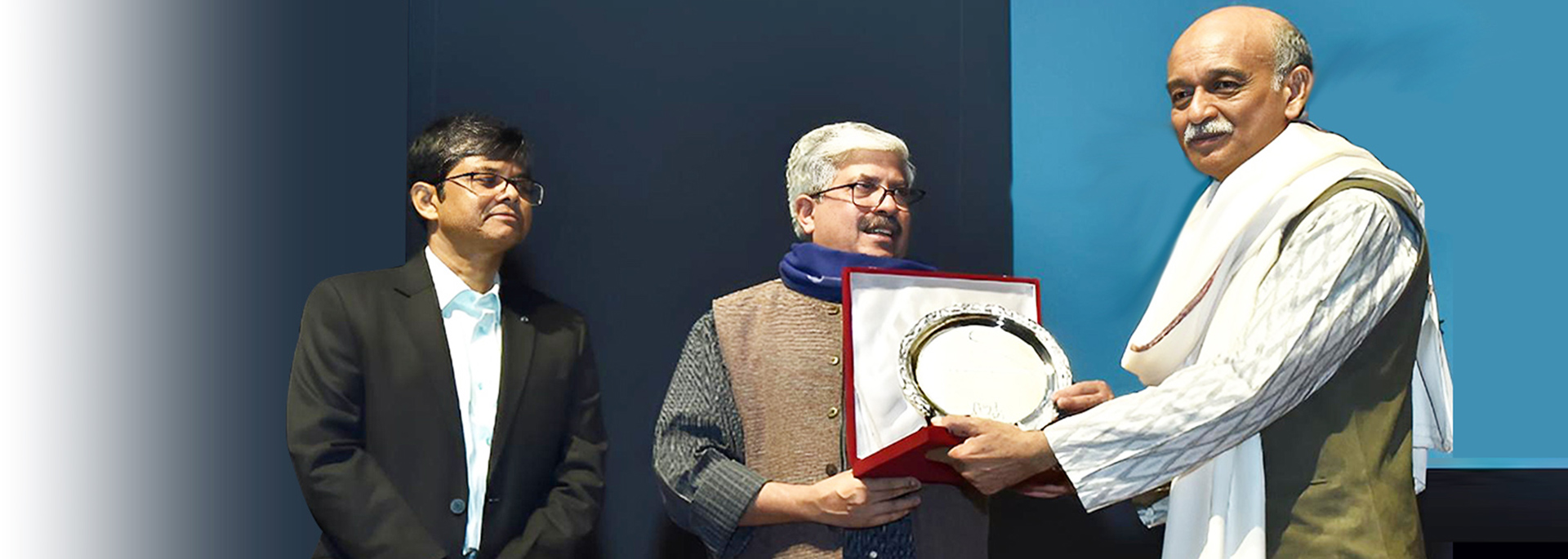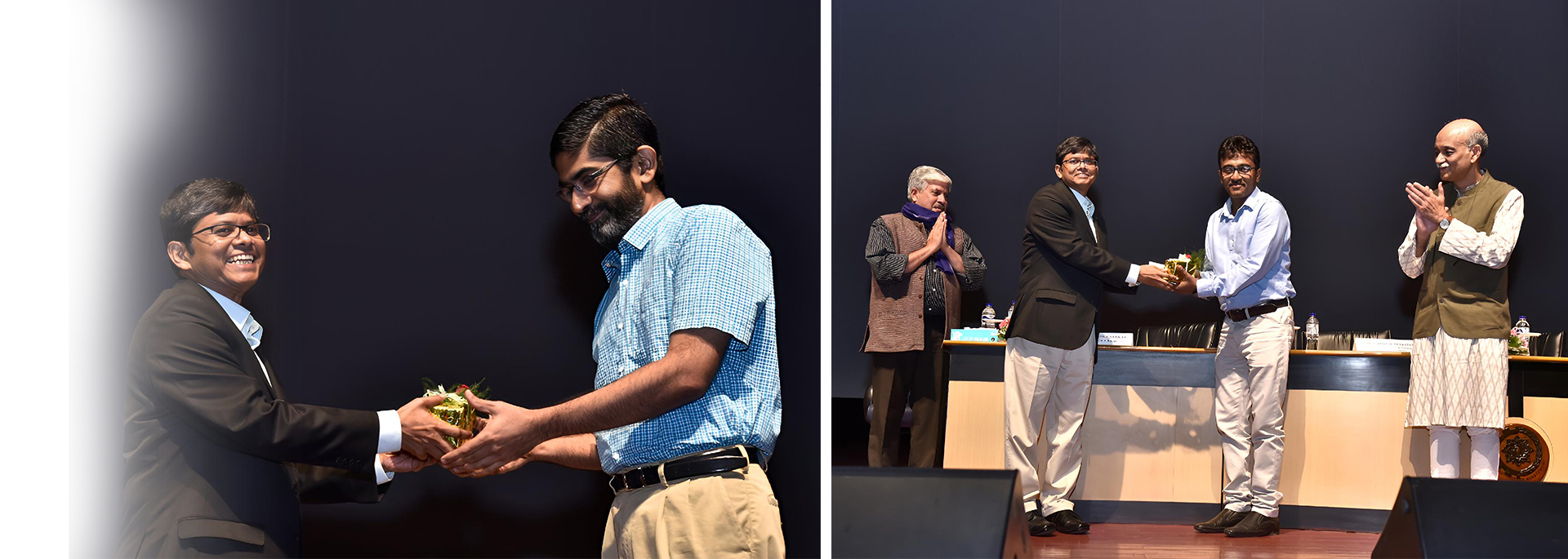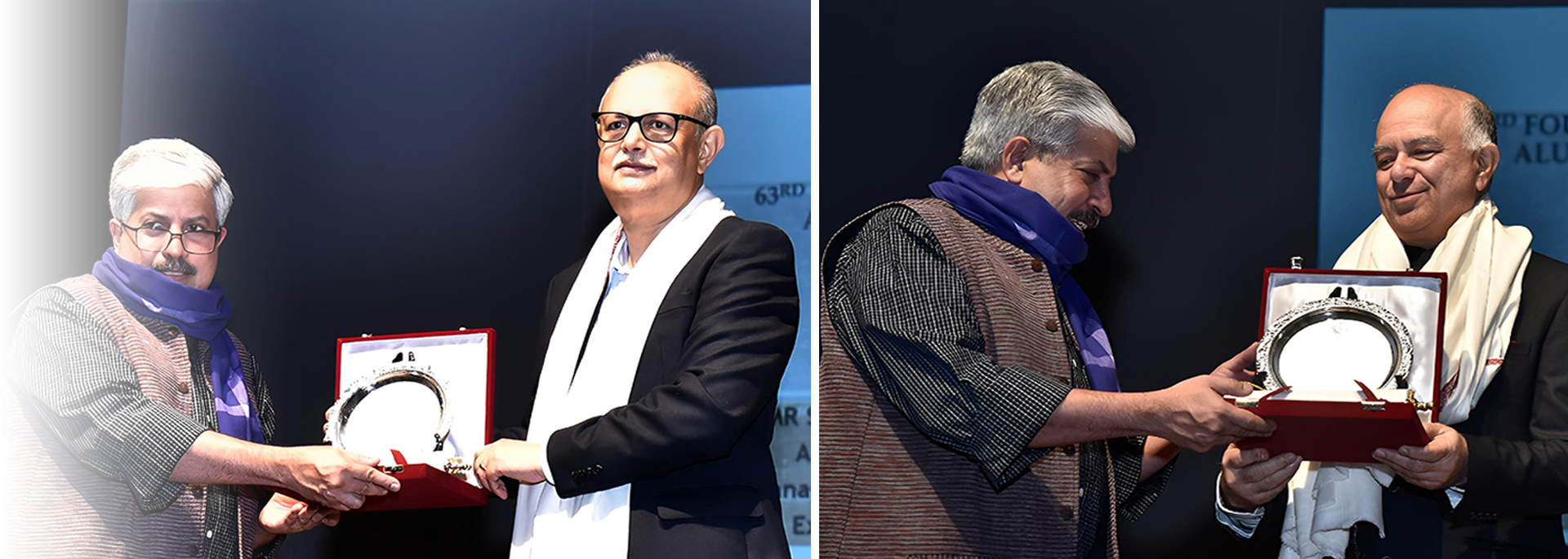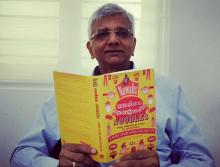
One can definitely say that MG Parameswaran, popularly known as Ambi in the industry, is almost a synonym for advertising in India. Starting with his first ad he made as an account executive for Thermax to his new website Brand-building.com, he has seen advertising changing dynamically over the last four decades. Parameswaran very recently retired as Executive Director of FCB Ulka after a long stint at the agency.
Parameswaran is involved in several industry organisations such as IAA (International Advertising Association) and CII, IAA and has also served as the President of The Advertising Club. He was elected President of the apex advertising industry body, Advertising Agencies Association of India (AAAI), in July 2014.
Besides being an adman of great standing, Parameswaran is also an author and thinker. He has quite a few books to his credit including FCB-Ulka Brand Building Advertising – Concepts and Cases; Building Brand Value – Five Steps to Building Powerful Brands (Winner of 2007 NTPC – DMA Book Prize), and For God’s Sake – An Adman on the Business of Religion (inspired by his research on religion and consumer behaviour).
Parameswaran’s latest book, Nawab, Nudes, Noodles, will be globally launched on June 9, 2016, at Godrej India Culture Lab, Mumbai. At the book launch, Parameswaran will also be in conversation with marketing and brand guru Santosh Desai to deliberate on the changes in consumer culture and its impact on society.
BestMediaInfo met Parameswaran to talk about his latest book, Nawab, Nudes, Noodles, and also to understand in-depth the trade from the horse’s mouth. Excerpts:
This is your sixth book now. What makes you fall in love with writing?
I think writing books helps me refresh my knowledge. Normally, if you have to write one book, the rule of thumb is that you need to read 20 books and meet up with 30-40 people. Writing a book is an exercise in self-discovery and learning. I have been fortunate that after my first book, I never had to look for publishers and there are enough people to buy my book. I enjoy the process of writing books and I will continue to do that.
Is the recent one about your experiences over the last three decades and more about trends?
This book is not really about my experience. It is what I have observed about the way consumers and advertising have been changing over the last five decades. I entered the advertising world roughly 40 years ago. So, I have been observing advertising from a close quarter, both as a marketing manager and head of an agency for the last four decades. I realised that no one has actually written a book mapping this entire process of how the consumers and advertising have changed to address the change in consumer needs. The book doesn’t talk much about the ads that I have worked on, unlike my other case study books.
Nawabs, Nudes, Noodles is a very trendy name. Tell us a bit about the title and the cover?
We were looking for a catchy title for the book. If I had just called the book ‘India through Advertising’, it would have been very boring. We were searching for interesting titles and I like alliterative names like ‘Amar Akbar, Anthony’ for example. So, Nawabs and Nudes sounded good and I added Noodles as it has been in the news for a year and a half. The book talks about these three elements of advertising. For example, the Nawab of Pataudi had modelled for suiting for decades. There were some ads that became controversial because they had nude elements in them. Now, noodles are in news. This way we thought, Nawabs, Nudes and Noodles is a good way to give a catchy title to the book. The cover designer Samia Singh has gone for the vintage look, which gives it a nice old world charm.
Were there any tricky or controversial parts in the book which needed extra brainstorming?
I did talk to a lot of industry experts. I also read a lot of books written by them. I had to find the right balance between writing about Indian examples and also some reference to global examples. One chapter at the end is dedicated to censorship which existed in Indian advertising during Doordarshan days. I had some personal experience with Doordarshan in approving some scripts which had controversies about them. I also believe a body like ASCI is doing a good job and that avoids a lot of trouble for advertisers and the clients.
What is your focus – television, digital, radio, outdoor or print?
Given the fact that this book covers a 50-year timespan, the medium that had an impact over the years in this country is television. Before television, it was a bit of print and radio but in the last 20 years, it has become very much television dominated. So, a large part of the discussion is on television. Digital has just started and it will probably become big in the next 10-15 years. As of now, digital is not very big. Since I am working on a historical perspective, it had to be television.
So, you think that digital has a long way to go?
If you say any film made for TV is put on digital, it is not digital then. It is just putting a TV spot in the digital space. So, today, if you look at digital, it is largely search and video films on YouTube. That is really underestimating the value of digital. It still has many years to become big.
Which is your favourite chapter in the book?
I think it is the chapter on women and the dramatic change in the way the Indian woman consumer has changed and how she has been portrayed in advertising. I think it is a fairly interesting chapter to look at.
Which was your very first ad that you felt proud of?
It is when I was working as an account executive and did an ad for Thermax and it was a corporate campaign. I worked closely with the team and in fact, the managing director of the company was involved in it. We did really well in terms of building the brand’s image. It won a lot of awards as well. It was a very satisfying experience. It goes back to the 80s.
It’s been a long journey since then. How does it all feel now?
I have been working for more than 35 years. The great thing about marketing is that you are looking at new challenges every month or week and that keeps you alive. There is never a dull moment. It is not just you are sitting and looking at numbers every day.
Given the busy agency schedule you have led, how do you find the time to write books?
To write an article of 2,000 words is not too difficult and writing a book of 80,000 words, which is this book’s word count, is definitely tough. I normally try to break up a job into an overall structure into chapters. Before writing anything I do a lot of research. The research for this book took about six to eight months. I normally write on Saturdays and Sundays. I used to spend around four to six hours on the weekends to write around 3,000 words. I am not very good at rewriting and that’s the problem. I took 20 weekends to come out with this book.
With so many years of experience as an ad maker, you are turning to becoming a brand builder now. How different or similar are the two roles?
Out of my 37 years of work experience, I have spent 27 years in advertising and 10 years I have spent in sales and marketing management. So, I have always been in the world of marketing. In this new venture of mine, I plan to be a brand advisor, coach and mentor to clients and start-ups. I also plan to spend a lot of time in marketing education and training. It is still early days for me to say anything concrete for my new venture Brand-Building.com.
Have you included some of your brand building ideas in the book?
The book is really about the change in consumer behaviour and how brands need to change in order to connect with consumers. The consumer is not standing at the same place but constantly changing. If you as a brand do not change then you can’t survive and that is the lesson from the book.
Do you think it has become more difficult to make ads now because the consumers are more aware? Is it tougher today to bring about a shift in preferences and purchase decisions?
It has always been difficult. Consumers today can give you a feedback on social media. Compared to five years ago, Indian consumers are becoming a lot more negative on social media. Earlier they were a lot more polite. So, you have to start reading between the lines. Just because you get 10 negative comments about an ad necessarily doesn’t mean it’s a bad ad. There is a lot of noise and you need to filter the noise to read what the real signal is.
Is digital taking up the primary place in the advertiser’s and consumer’s mind as far as creativity in ads is concerned? Or does TV still remain the focus?
People above the age group of 30 are mostly consuming traditional media. But consumers below the age group of 30 are going all digital. This is going to be a big challenge for all marketers to reach the consumers who don’t read newspapers and not watch television.
Do you remember any advertisement which has actually brought about a social change in India and how important is it for an ad maker to be socially responsible?
I think advertising primarily has to sell a product and that is the advertiser’s first job. They are not here to create a social change. However, if by using a social trend, an ad maker can achieve better results, then it should be done. In the last three years, we have seen a lot of ads which have taken social messages on ground. Talking about any particular ad, a lot of brands have tried things. Tanishq did an ad on remarriage and I don’t know if they have actually created remarriages. Surely remarriages should not have been the job of the ad.


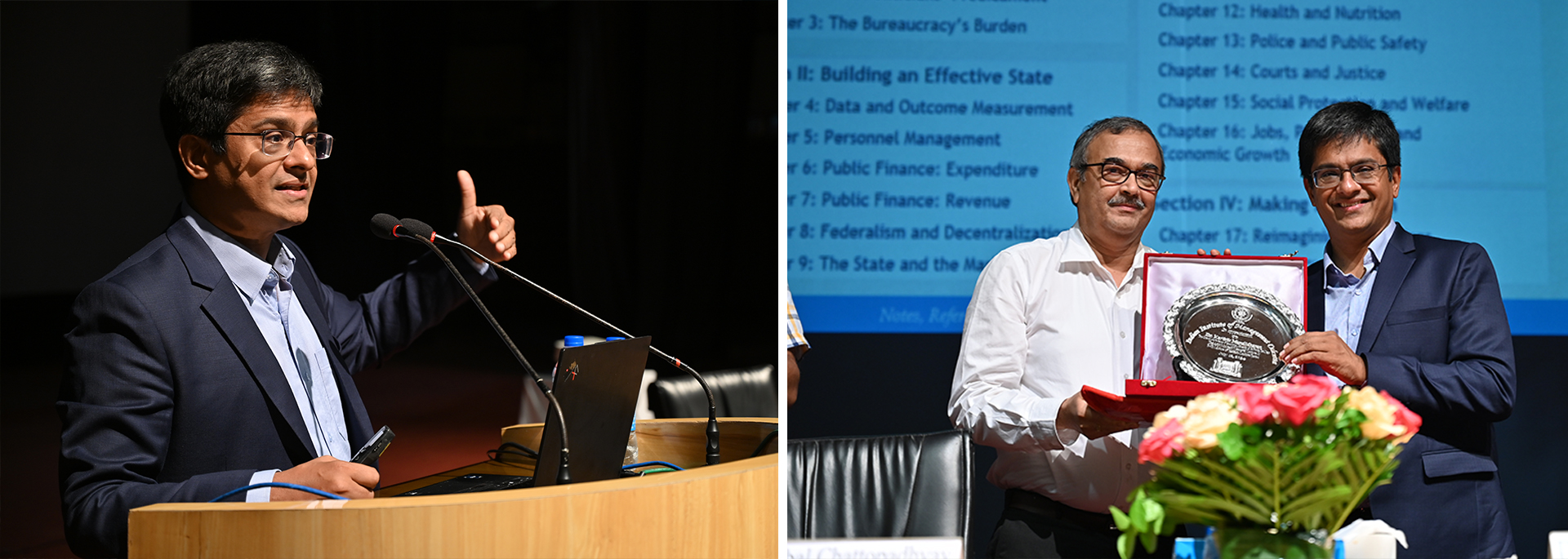
.png)

